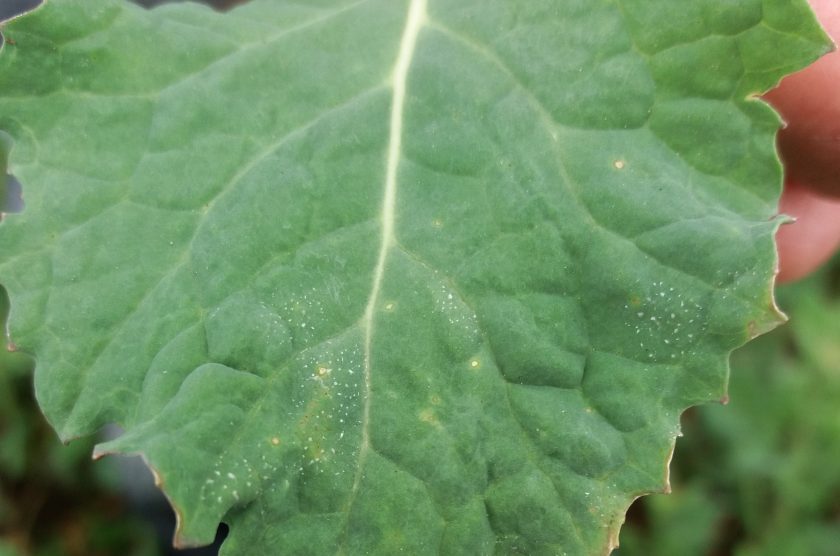
A light leaf spot preliminary forecast shows that the disease risk to winter oilseed rape ranks among the lowest recorded in recent years.
AHDB's regional disease forecast highlights the proportion of susceptible OSR crops predicted to have more than 25% of plants affected by the spring.
It shows that the relatively low-risk prediction is largely due to a limited disease incidence on pods at the end of the 2019/20 season.
Catherine Harries, who manages disease research at AHDB, said moisture was conducive to disease spread.
"It is likely the relatively dry spring slowed disease development. However, the year-on-year reduction in the OSR area will have reduced spore levels too.”
The latest forecast follows on from recent research findings, published by AHDB during the summer, which showed little economic benefit from treating light leaf spot.
The ADAS-led trials took place during the relatively low disease-pressure years of 2017–19.
A yield uplift of between 0.17 and 0.27t per hectare was required to cover the cost of the fungicide programme.
Applying no fungicides was often the most cost-effective option, even on the relatively susceptible variety used.
The result held true regardless of whether fungicides were applied in alternation or mixtures. Even the cheaper, yet higher-resistance-risk, two-azole spray programme often failed to provide a sufficient return on investment.
Ms Harries said: “The latest forecast suggests that current crops may be under even less light leaf spot pressure, compared with the disease levels in the recent ADAS trials.
"Although it is important to keep on top of light leaf spot, the results provide further evidence of the need to spray only when necessary. Thorough crop monitoring is required to detect early signs of the disease."
